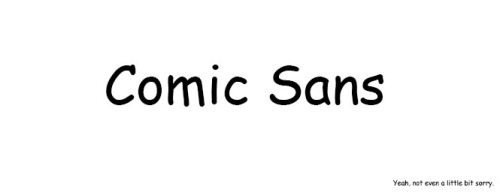Waltograph (Walt Disney Script)
Maslows fundamental
hierarchy of juman needs show that for any child to be brought up happy and
healthy, 5 things are needed in sequential order:
- Physiological (food, water, air etc)
- Safety (Shelter, clothing etc)
- Love/Belonging (family, social interaction)
- Esteem (self confidence, personal growth etc)
- Self-actualization (morality, creativity, reasoning)
However, Marlsow's model
does not include the sixth and final element... Disney.
Know as one of the most
recognisable logos and companies of the 20th century, Disney, founded
in 1928 has been the secondary parent and extra sibling to millions
of children growing up, through their countless productions of children's and
family animations. Embedded with perhaps cherished memories of your favorite
film, so too may be the font of this cultural icon. The hand drawn
flourished writing your cue to that 6th and final element that shaped
your childhood.

Contrary to popular
belief, Waltograph font (originally named Walt Disney Script) was not modeled
after the handwriting of Waltz Disney himself. The font was in fact created by
designer Justin Callaghan in 2000 based off the signature of Walt Disney.
Previous to 2000 the font only existed as the logo of the company featuring in
the opening credits of all disney animation films. In 1961 however, Waltz
disney himself added in the word "Studios" for
a limited number of films due to the changed title of the company. It
was not until 2000 though, that all letters were created and the font was
commissioned and released as a freeware font to the general public.
(Comparison of Original Signature
and inspired logo.)
The brush script typeface holds a genrally heavy weight and slope that is
retained throughout all letters. It arrives in two weights regular
Waltograph 42 in OpenType format; and bold Waltograph UI in True Type format. It's constantly changing
line weights within letters are inspired from the felt-based ink
texters originally used to color the animations that the company produced in
the late 1920's and early 30's. These were used by Walt Disney himself on a daily basis and can be
seen in his original signature above.
Interestingly, the
typeface uses capital lettering for both upper and lowercase lettering. the
only main difference to setting upper and lowercase letters appart in
Waltograph is their size, and applicable in some cases
the stylization of capitals (for example see "e" above)
Whilst you wouldn't use
this font for it's sense of clarity (in fact anything below
20 pp. size can become too difficult to read), it is it's
nostalgic reference to the past that makes this font
a distinguished and loved symbol of one's childhood and is licensed
for private use for anyone. (So you can always have a piece of disney
for your next home movies!)
References:
http://brentonrussell.com/2010/12/20/design-your-lifestyle-for-happiness-and-fulfillment/
http://www.closinglogos.com/page/Logo+Variations+-+Walt+Disney+Pictures
http://noordinarydaydesign.blogspot.com.au/2011/07/waltograph-dont-do-it.html
http://www.pcworld.com/article/232217/waltograph.html
http://www.slideshare.net/Bubasparx/walt-disney-logo
http://www.tumblr.com/tagged/handwriting%20analysis?language=tr_TR

















